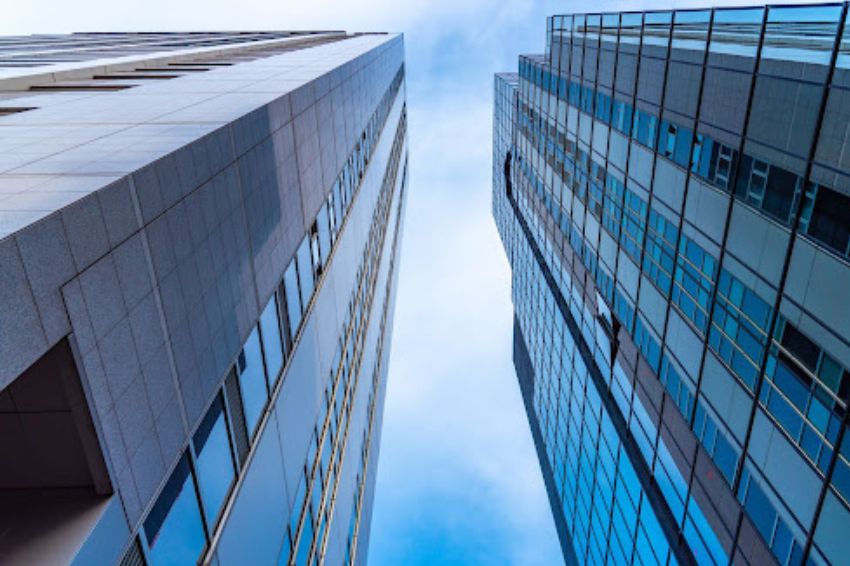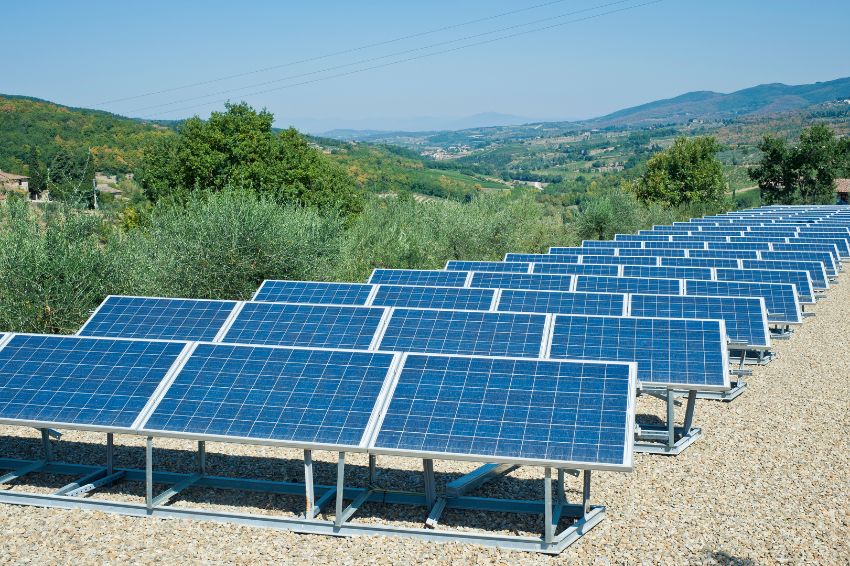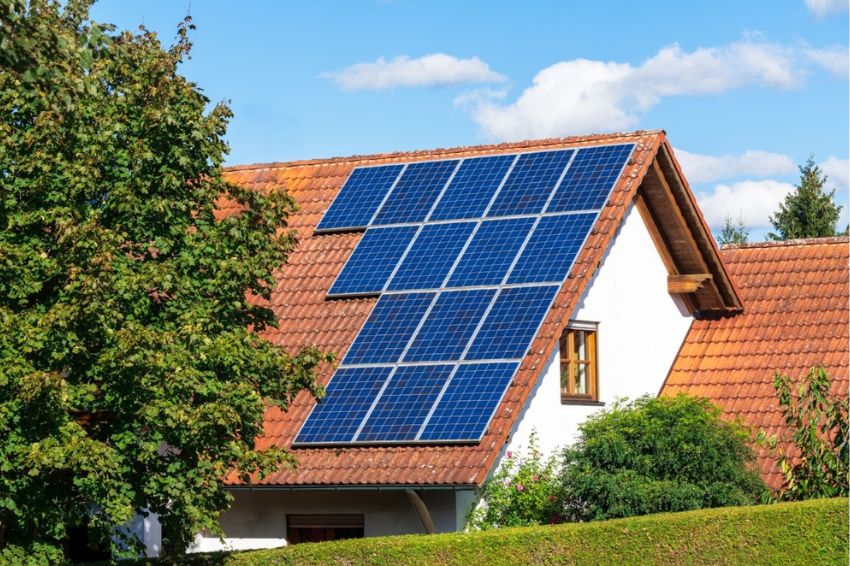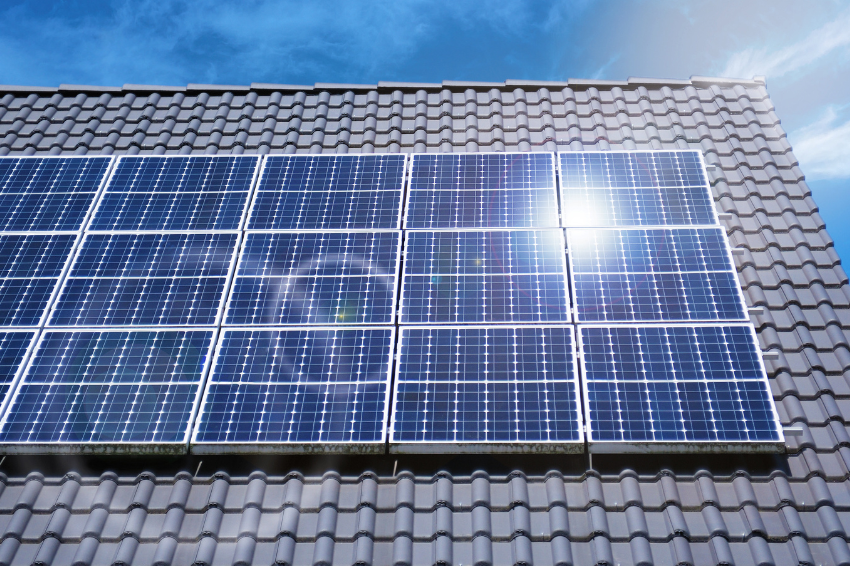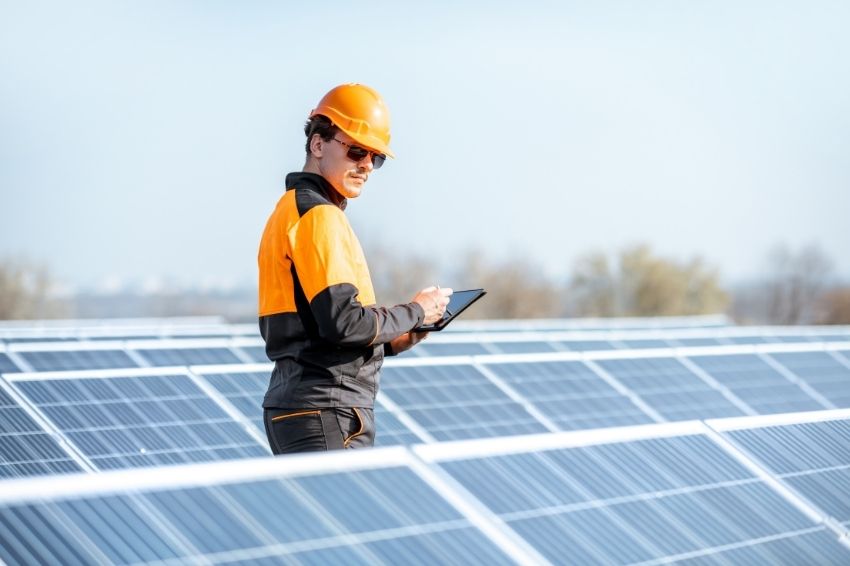The demand for photovoltaic systems has expanded in Brazil in recent years. Given an optimistic outlook, residential customers have shown greater interest in the solar energy market, in addition to the industrial, commercial and rural sectors.
This interest comes precisely from the economic and sustainable benefits that the solar source offers.
Is it possible to have solar energy in my apartment?
When the subject is solar energy In apartments, it is common for some questions to arise among interested parties, or even professionals in the field, regarding the application of photovoltaic systems.
To avoid anxiety, I would like to say that, yes, it is possible for apartment dwellers to be able to enjoy the advantages of solar. However, there are some caveats.
Want to find out how? Canal Solar explains it to you!
How it works?
There are procedures to be considered so that a consumer who lives in an apartment can have access to solar energy.
It is recommended that anyone interested in joining the solar energy system carry out an analysis among the building's residents, in order to consult their interest in joint investment. At this time, the condominium regulations must be consulted and, if necessary, a meeting must be held.
Shared generation
Shared generation is a type of DG (distributed generation), created by ANEEL (National Electric Energy Agency) in 2015, through Resolution 687 (Normative Resolution 687/2015), which enables the sharing of mini and microgeneration energy between consumers who are in the same concession area.
This energy generation model is ideal for residents of residential buildings interested in obtaining the benefits of photovoltaic sources.
Lawyer Pedro Dante, a specialist in the electrical sector, explains more about this topic in his article entitled Shared Generation Models enhance DG and democratize the market.
Types of installations
The structures found in buildings are similar to those applied to houses and this model of implementing photovoltaic systems can benefit one or more residents in just one building with the use of solar energy.
However, unlike single-story residences, buildings have some particularities that must be analyzed and respected during the installation process.
Installation on balconies and facades
In Brazil, the sun is at its peak for a large period of the day, that is, it is positioned in the center of the sky for a longer period, compared to the sides, such as at sunrise and sunset.
Given this scenario, although the photovoltaic energy installation on apartment balconies while it is possible in other countries, such as Europe, here in Brazil it is not recommended.
Regarding installation on building facades, it is possible, however, the effectiveness of energy capture and distribution will not be the same, due to the climatic conditions of the Brazilian territory.
Installation on roofs and roofs
It is recommended that the installation of photovoltaic systems in buildings be carried out on roofs, as it is an ideal location for the conversion process, precisely due to its direct access to roofs and sunlight.
However, the installation of photovoltaic modules is also possible on the building's roofs, considering the greater capture of sunlight, without the need to worry about shading.
It is always recommended to rely on partners who are specialists in the subject and who have experience in the photovoltaic market.
Benefits
- Cheaper electricity bills;
- Reduction of impacts on the environment;
- When distributed between two or more apartments, residents will also benefit from the credit system granted by ANEEL.
Among the required bureaucracies, it is important to understand the approval of the project and its approval in the smallest details. However, there are some steps to be followed for installation:
- Preparation of the installation site with drawings and measurements of where the solar panel will be located;
- Installation of supports to fix the system;
- Laying the rails to secure the solar panel in place;
- Installation of panels on the rails and connection of cables;
- Connection of the solar panel to the inverter, in addition to installing the inverter on the local electrical grid.


